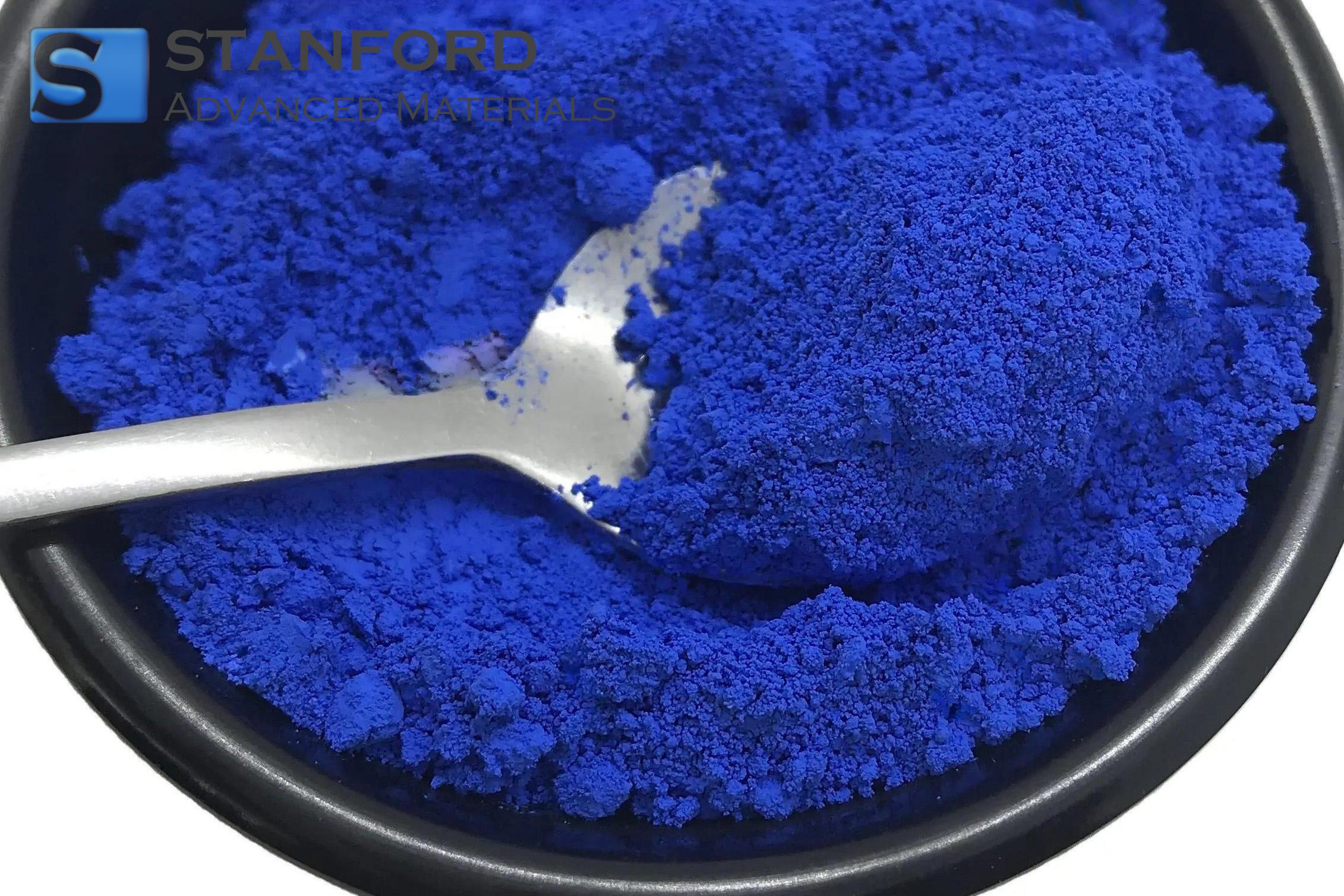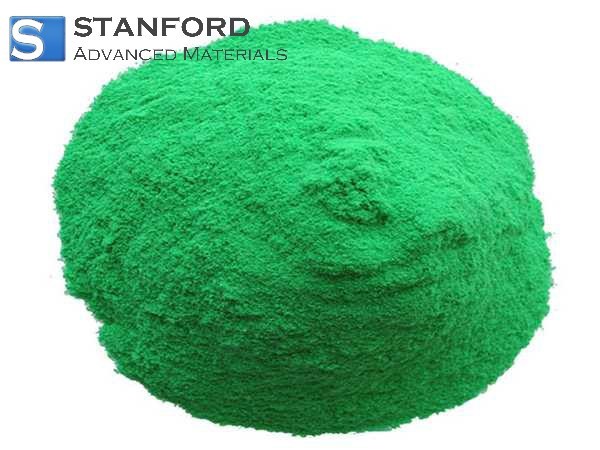
Cobalt, a 9th group element in the periodic table belonging to the transition metals family, has long been well-known for its multifarious applications in various sectors of industry. From being irreplaceable in the production of high-performance alloys and batteries to being an essential ingredient in the aerospace and healthcare industries, cobalt's multifaceted application testifies to its economic significance. However, its brightest and most enduring heritage is located in color creation—more specifically, in the production of pigments and inks.
In design, manufacturing, and art, color is crucial in terms of appearance and function. The ability to provide bright, brilliant colors consistently is needed in uses ranging from fine art paints and glazes for ceramics to industrial coatings and printing ink. Cobalt compounds, with their strong and durable colors, have served significantly in meeting such color needs. Their unique chemical properties enable the formulation of pigments that not only exhibit vibrant colors but also maintain their stability under various environmental conditions.
Cobalt blue, chemically known as cobalt(II) aluminate (CoAl₂O₄), is one of the most iconic blue pigments used historically and in contemporary applications.

Chemical Structure and Color Properties: The cubic spinel structure of cobalt(II) aluminate is responsible for imparting the pigment its characteristic deep blue color. The d-orbital electronic transitions of cobalt ions absorb specific wavelengths of light, creating the vibrant color.
Cobalt green encompasses a range of green-colored pigments derived from cobalt compounds, with variations based on specific chemical formulations.

Comparison of Different Cobalt Green Compounds: The accuracy of color and properties of cobalt green can be regulated through varying the composition and synthesis conditions. For instance, cobalt aluminum green may differ in appearance and stability from the rest of the cobalt greens.
Application Scenarios:
While less common than cobalt blue and green, cobalt red pigments offer unique applications where specific color qualities are required.

Uniqueness and Applications of Cobalt Red:
Cobalt red pigments possess a very distinctive color which is both bright and long-lasting. Because of their remarkable color, they are applied in specific artistic works and specific industrial applications.
Case Studies in Specific Industries: In some industries, such as the automotive coatings industry and that of luxury art supplies, cobalt red pigments are applied to create specific visual effects that other red pigments cannot rival as well.
The bright colors of the cobalt compounds owe a great deal to their electronic structures, specifically the d–d electronic transitions.
Principles of d–d Electronic Transitions: Electrons in d-orbitals in cobalt ions can absorb energy and shift to other energy levels. When the electrons return to their original state, they emit light of specific wavelengths corresponding to the color perceived.
Role of Crystal Field Theory in Color Development: Crystal field theory explains how the coordination environment surrounding the cobalt ion causes splitting of the d-orbitals. The magnitude of this splitting also defines the absorbed light wavelengths and hence the color displayed by the compound.
Coordination environment surrounding the cobalt ion is a key factor in the determination of the color characteristics of the compound.
Coordination Number and Ligand Effect on Color Modulation: Crystal field splitting is a function of the coordination number of ligands bound to the cobalt ion and the nature of the ligands. Color intensity and hue can differ due to changes in coordination numbers and types of ligands.
Influence of Covalency on Ionicity over Color Saturation and Stability: The degree of covalent in comparison to ionic bonding between cobalt and ligands determines the color saturation and stability of the pigment. Increased covalent interactions tend to create intense and stable colors.
The crystal structure of cobalt complexes plays a very crucial role in securing stable color properties.
Influence of Different Crystal Structures on Color Properties: Differences in crystal lattice arrangements can alter the way light is handled by the pigment, both in terms of hue and brightness.
In my case, the use of Cobalt pigments will alter the color significantly. Cobalt pigments exhibit high stability against changes in temperature and exposure to light. The color bleaching and degradation are minimized when the stable crystal structures are formed, and the brightness is retained for long.
Cobalt pigments possess several superior qualities that render them desirable in diverse applications:
Superior Color Stability and Lightfastness: Cobalt pigments maintain their color intensity in the long term, resisting fade even under prolonged light exposure and environmental stress.
Superb Coverage and Opacity: They provide rich coverage with thin material usage, facilitating successful application in formulation and reducing the need for subsequent layers to achieve desired color thickness.
Colour diversity and tunability: The ability to define synthesis parameters can enable production in a wide range of colours with different manufacturers capable of producing certain colours to meet specific specifications.
Cobalt pigments are used in various applications, each leveraging their unique characteristics to enhance colour performance and strength.
1) Art and Decoration
Use in Painting: Cobalt blue and green pigments are staples in artists' palettes, enjoyed for their saturated and long-lasting colors that can withstand the years.
Ceramics and Glass: Applied as glazes for ceramics and glass coloring to achieve bright and even colors that provide finished items enduring visual look.
Architectural Decoration: Applied for ornamental finish to buildings and interior decoration, providing durable color that resists wear and weather.
2) Industrial Coatings
Automotive Coatings
Used in top-line auto paint to create deep, vibrant colors that endure even when exposed to harsh weather conditions and UV light.
Aerospace and Equipment Coatings
Used on aerospace components and industrial machinery to impart long-lasting color finishes that are both corrosion-resistant and resistant to mechanical abrasion.
3) Plastics and Textiles
Plastic Coloring: Incorporated into plastic formulations to impart vivid and colorfast colors, contributing visual appeal to household goods and industrial materials.
Textile Dyeing: Employed in the dyeing of textiles to produce vivid and long-lasting colors in fabrics, ensuring consistency and durability in the final product.
4) Ink Manufacturing
High-Print Quality Inks: Cobalt pigments play a crucial role in producing high-print-quality inks suitable for printing operations that yield sharp and rich colors necessary for commercial and fine arts printing.
Advantages for High Color Saturation and Light Resistance Uses: For applications where intense color saturation and lightfastness are critical—e.g., exterior sign painting and archival reproductions—cobalt-based inks are superior to other pigments.
Eric Loewen
Eric Loewen graduated from the University of Illinois studying applied chemistry. His educational background gives him a broad base from which to approach many topics. He has been working with topics about advanced materials for over 5 years at Stanford Materials Corporation (SMC). His main purpose in writing these articles is to provide a free, yet quality resource for readers. He welcomes feedback on typos, errors, or differences in opinion that readers come across.